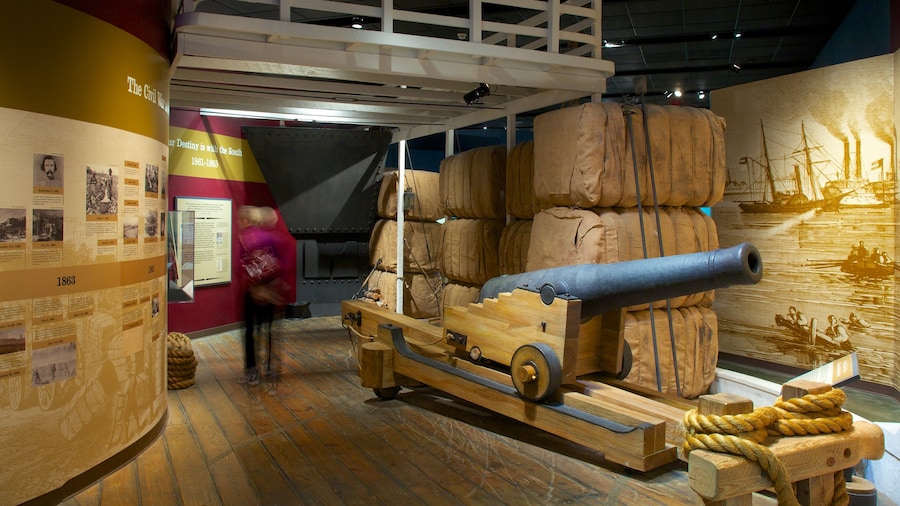Discover millions of years of scientific history, from dinosaurs to DNA.
There's no getting bored at the Texas Memorial Museum: there are more than 5 million specimens collected here as part of the Texas National Science Center's research. Set aside at least a few hours to explore four floors, each with a different focus. There’s a chronological order to the exhibits so it’s best to start on the first floor dinosaurs and work your way up to the fourth floor contemporary biological research.
In the first floor’s Hall of Geology and Paleontology, examine more than 500 fossils of dinosaurs and other prehistoric creatures. Check out the Onion Creek mosasaur, a 30-foot (nine-meter) shark-like animal that lived in the waters of Texas in the Cretaceous period (about 89-65 million years ago). This and other fossils were collected in the Austin area.
On the second floor there's the large, suspended Texas pterosaur, which was dug up by scientists from the University of Texas. This is the biggest flying creature ever found by fossil hunters. It has a wingspan of 40 feet (12 meters). The rest of the floor is dedicated to a rotating exhibition of dinosaur specimens, as well as gems and minerals collected from the local area.
Learn about native Texas animals on the third floor, which showcases scores of stuffed reptiles, mammals and birds.
The fourth floor looks at some of the more recent scientific contributions to biology and the theory of evolution. The seven sections here cover such topics as how diseases like HIV have developed over the last few decades.
The Texas Memorial Museum is located on Trinity Street in the campus of the University of Texas. It is open seven days a week, except for national holidays and Christmas Eve and New Year's Eve. It's free to enter. Check the schedules if you are planning to visit in autumn as the museum often closes when the University of Texas is playing a home football game. There’s no restaurant inside the museum, but plenty of options in the surrounding area.





























































